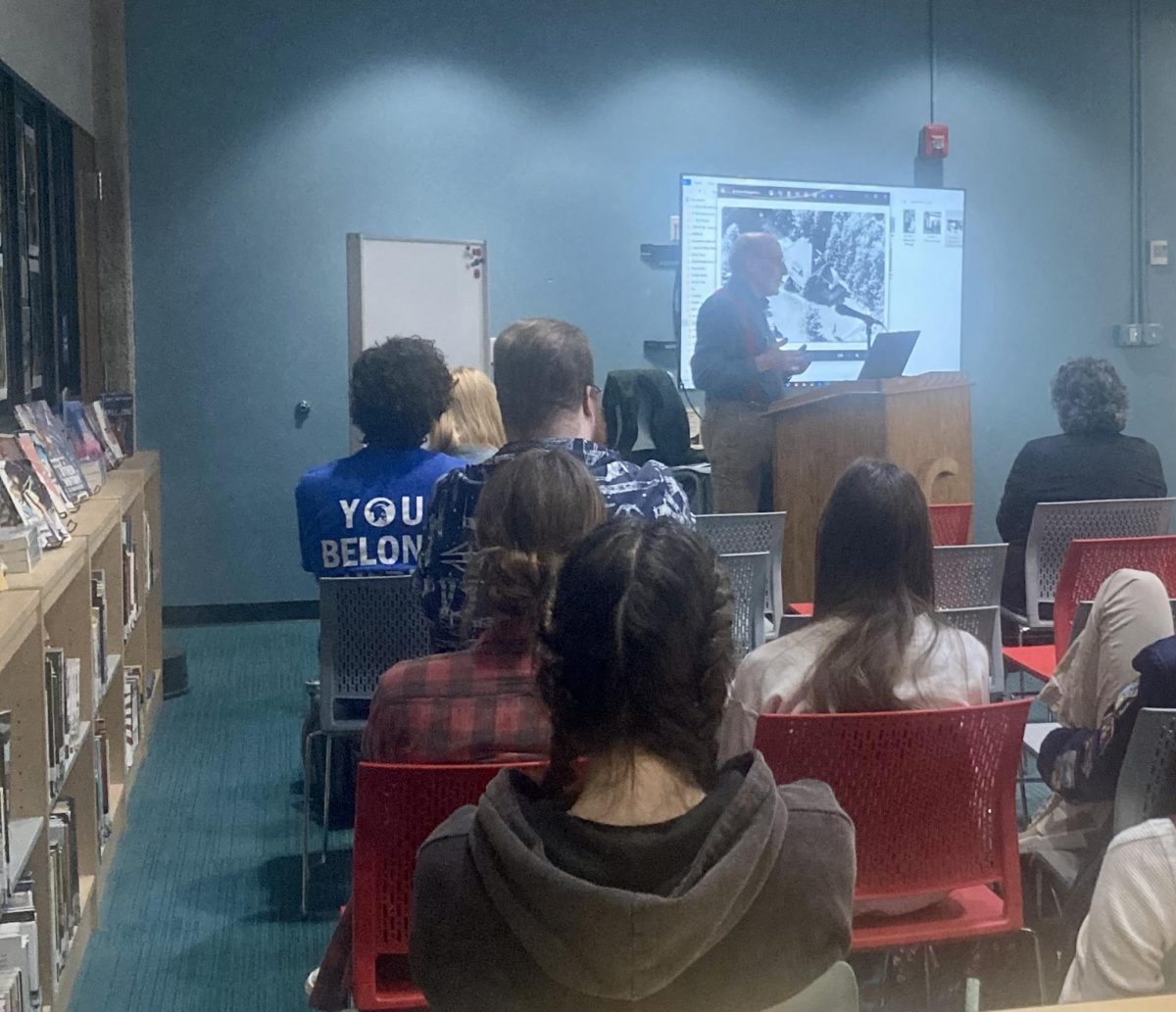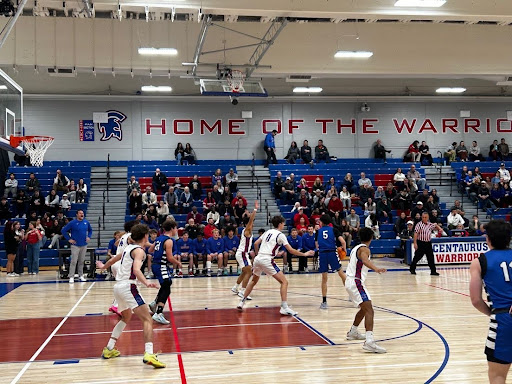In a quiet field before a large house, a boy stood terrified and confused. It was his third home, he had already spent a short time in an orphanage and another house preceding that. He was not smiling. How could he? The world he had once known was gone.
This boy was Otto Verdoner, who was born in 1939 at the dawn of WWII. He was born in the Netherlands and lived a peaceful life with his family until he was three years old when he and his sisters were forced to go into hiding from the Nazis who had invaded the country. The Verdoners were Jewish, and they were now facing the Holocaust, one of the worst genocides in history.
The Holocaust targeted millions from various groups in society. One of the greatest targets, though, was the Jewish people. This movement was spurred by judeophobia and anti-Semitism that spread across Europe. It was believed that anyone with Jewish ancestors no matter how distant needed to be destroyed.
Because of this, Jews were pushed out of Germany and into surrounding countries such as the Netherlands; however, these countries were soon invaded by Hitler’s regime, and all of the Jewish immigrants who had fled Hitler’s persecution before, as well as the Jewish people who had already lived there, faced renewed danger.
Only about 5% of the population supported Hitler and his ideals, but it was enough to keep Hitler in power.
Now, in the Netherlands, the Dutch resistance was very strong. They fought against the new government and saved the lives of many Jews throughout the country. It was through a chain of connections between ministers, pastors, clergy, and trusted members of the Church that Otto and his sisters managed to find safety with families who would protect and hide them.
“We weren’t hidden in an attic like Anne Frank or a basement,” Otto explained. Instead, like many other Jewish children, they were taken in by families who claimed them to be their own.
Otto, himself was sent to live with the wealthy and prominent Hopperus Buma family in a little village in the countryside. He took on the alias of Mrs. Hoperus Buma’s nephew.
He remembers the day he arrived there. He had been standing in the large yard outside of their house when Mrs. Hoperus Buma guided him down to the fence at the edge of their property, where there was a farm. The farmer had met them there by a cow that had come to greet them.
Mrs. Hoperus Buma told the story the family had made up for Otto’s sudden appearance. His parents’ home had been destroyed by Hitler when he had bombed out the middle of Rotterdam, so he had been sent to live with his aunt.
“My foster mother was not your typical blonde, blue-eyed caricature of a Dutch woman,” Otto explained. “She had brown hair, she had brown eyes. I have brown eyes.”
The farmer looked at the two of them with skepticism for a moment, considering the story. “Yes, Mrs. Hoperus Buma’s,” He said finally. “That’s obvious. He’s your family.”
It would be many years before Otto realized what the farmer had truly meant by those words. It was a promise to keep quiet about the truth of Otto’s circumstances.
Otto remained with the Hoperus Bumas for three years, from 1942 to 1945. By the end of the war, the entire village had realized the truth about Otto–that he was not Mrs. Hoperus Buma’s nephew, but a Jewish child in hiding. Yet they kept his secret and never reported the truth.
Because of the kindness of the village, Otto survived.
Meanwhile, German-Jewish immigrants who had fled to the Netherlands ended up in a refugee camp called Westerbork. When the Nazis arrived in the Netherlands, they convinced the people in the camp to board a train to “factories” in Poland. “You will be sent to work! Bring your parents and your children!” the Nazis said.
But the “factories” the Nazis claimed the Jewish families were going to were actually the concentration camps that imprisoned and killed them.
Soon, the deportation of Jews expanded to all who lived in the Netherlands, not just the German refugees.
Otto’s parents did not leave their home when the Nazis came. Mr. Verdoner became a member of the Jewish Council of Amsterdam and would bring supplies to the people in Westerbork. His position saved the two from immediate deportation, but it did not last long.
Otto’s mother, Hilde Verdoner-Sluizer, was soon sent to Westerbork because she was Jewish. She was literate, though, and the daughter of an important man, so she was assigned secretarial duties at the refugee camp. Hilde was in charge of picking the people who would board the train to Poland.
At night, she would sneak into the secretarial offices to use the typewriter to write letters to her family, always beginning them by saying, “Here is again, a sign of life.” Otto and his sisters later published these in a book, Signs of Life: Letters of Hilde Verdoner.
On February 8, 1944, Hilde was sent to Auschwitz. She died in a gas chamber three days later.
Not long after, the Nazis declared Amsterdam free of Jews, as far as they were concerned. So, the members of the Jewish Council of Amsterdam were sent to Westerbork to be shipped to concentration camps on the next train.
It just so happened that Mr. Verdoner had been out making deliveries to the refugee camp that day. He watched the council members arrive at Westerbork and knew that his fragile safety was gone. Mr. Verdoner got back into his truck, removed the star that marked him as Jewish and went into hiding until the end of the war.
The story of Otto’s family is not unlike many of the time period. This past Saturday, on January 23, the world stood in remembrance of the Holocaust, of those who were lost and those who survived.
Through memorials and memories of those who lived through the horrors of the genocide, we are reminded of the importance of remembering the dark parts of history. They cannot be forgotten. We must look at them clearly and with understanding say, “Never again.”


















Daisy Saragoussi • Feb 2, 2024 at 6:54 pm
So beautifully captured and written.